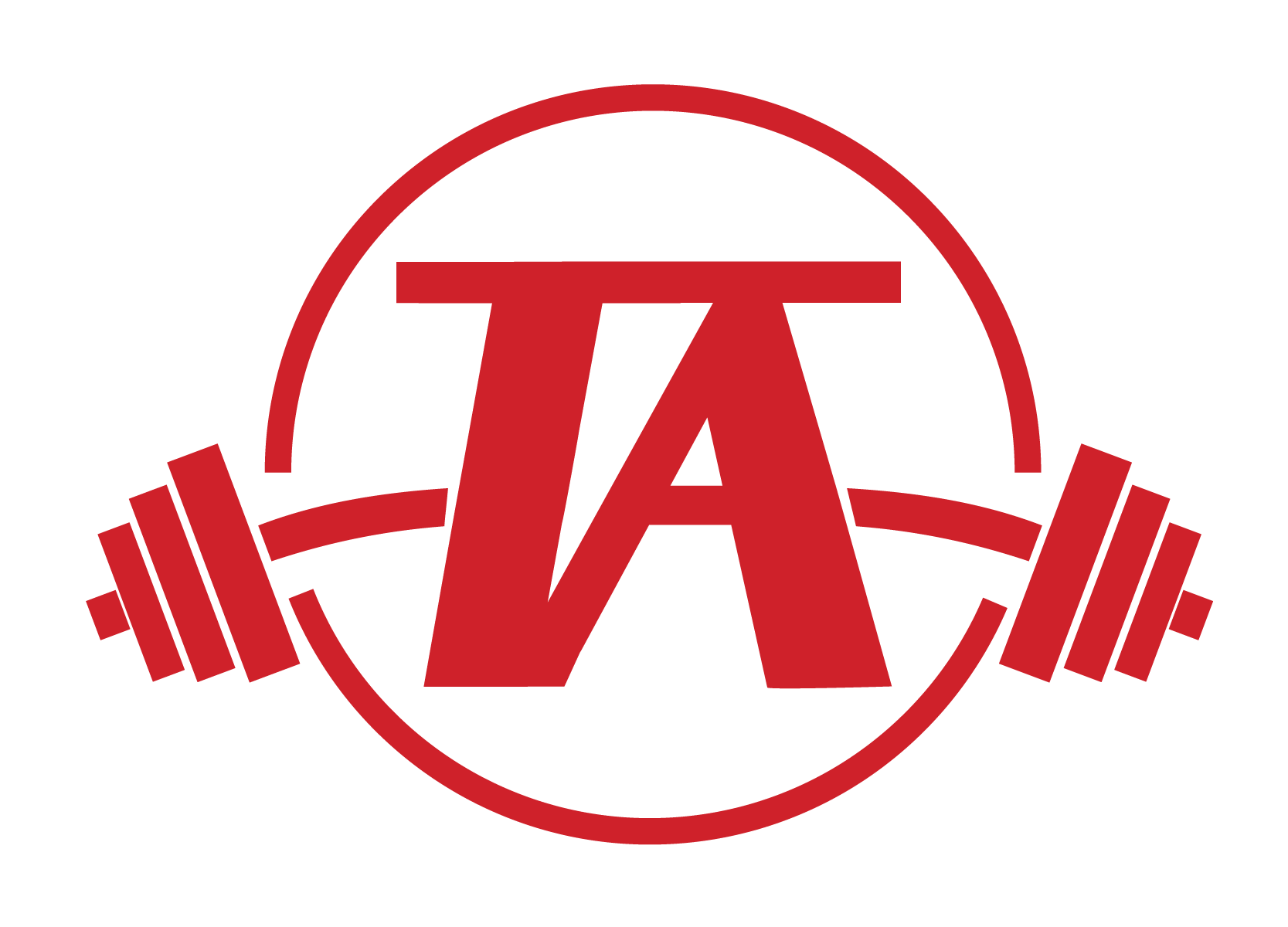Olympic lifting and its inclusion in training programs seems to always be a contentious topic for strength and conditioning coaches and athletes alike.
As with any topic in strength and conditioning, the use of olympic lifts is very situationally dependent. They aren’t inherently good or bad, but prescription is important.
Competition olympic weightlifting is made up of the snatch and clean and jerk. But in the context of training it includes all clean variations, jerk variations, and snatch variations. Olympic lifting has become more mainstream and popular in recent years due to it’s inclusion in CrossFit and training programs of a similar style.
The Pros
The speed required by the movements can help improve power. All sports require power to some degree and increasing that can be a game changer for a lot of athletes, and may help them throw harder, run faster, and jump higher.
Joint stability is challenged due to some of the extreme positions required, such as catching or pressing the weight overhead in the snatch or clean and jerk. Accepting force is an important aspect of sports that is often overlooked. Whether it’s landing from a jump, dodging a defender, or throwing over a firm lead leg, the ability to move fast, stop that movement, and then move fast again is an integral part of many sports and that can be difficult to mimic in training. Olympic weightlifting allows athletes to be able to do this in a controlled environment since it is a closed loop task (predictable task).
Additionally, there is a significant amount of coordination involved in performing olympic lifts. Learning complex movements and the ability to recreate them without a ton of thinking is extremely important for high level performance. Olympic lifting is very complex and requires a ton of coordination, to not only perform the movement, but to perform it with the speed required.
Olympic lifting can also add some variety to a program, which can help with athlete buy-in and focus during training sessions. Doing the same movements, or variations of the same movements can start to get stale for some athletes, so something new and exciting like olympic lifting can help (although, this is a pretty weak reason to include something in a program).
The Cons
Young athletes often play multiple sports, which is fine, but it can make planning their training more complicated because they’re basically always in season. So, when they get a few weeks away from all of their sports, we have to take advantage of them and deliver significant results. Olympic lifts make this difficult due to the complexity of the movements. If we only have six weeks to improve strength and power, it’s hard to justify using that time to learn new, complex movements when I could have them perform more basic movements and actually deliver some strength and power gains.
Even if athletes learn the movements relatively quickly, they likely will still not be able to significantly load that movement, and move the bar at the required speed, during that short “offseason” period. In order to have transfer to sport specific power, like the vertical jump, the bar needs to move at 1.4m/s or faster during the clean (Mann, 2013; Ajan, 1988; Roman, 1986; Verkhoshansky, 1982). When the bar is loaded heavier we often see much slower speeds, and moving at those speeds does not improve vertical jump performance.
Another limitation many young athletes face is difficulty gaining muscle mass. Muscle cross sectional area directly correlates with strength, so many of our skinny young athletes will be served well by devoting some of their off season focus to hypertrophy. In order to gain muscle mass though, time under tension is required, and the nature of olympic weightlifting does not allow for this, making them a poor choice for athletes in need of hypertrophy.
My final concern is the risk/reward of performing olympic lifts. Training already has some risk, and it is our job as coaches to minimize that risk as much as possible for our athletes. Olympic lifts are very technical, and require a ton of mobility, coordination, and power. There are plenty of other options for helping athletes improve power that involve less risk than olympic lifting.
Here are few examples:
Trap Bar Jumps
Medicine Ball Slams
Medicine Ball Keg Toss
These are just a few examples of possible alternatives. Olympic lifts are like everything else in sports and fitness, they aren’t good or bad, the prescription is what makes them so.
If you’re an athlete interested in improving your throwing velocity, strength, and power, but you’re not sure how to go about doing that, please contact me and let’s get you on track!
Resources
Mann, Bryan. (2013, Dec. 25). Speed vs. Speed-Strength. https://www.elitefts.com/education/speed-vs-speed-strength/
Ajan, T., Baroga, Lazar. (1988). Weightlifting: Fitness for All Sports (First ed.). Budapest, Hungary: International Weightlifing Federation.
Roman, R. A. (1986). The Training of the Weightlifter (A. Charniga, Trans. 1 ed.). Moscow: Sportivny Press.
Verkhoshansky, V. (1982). The Fundamentals of Special-Strengths Training: Sportivny Press.
